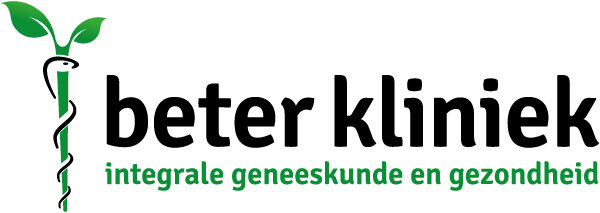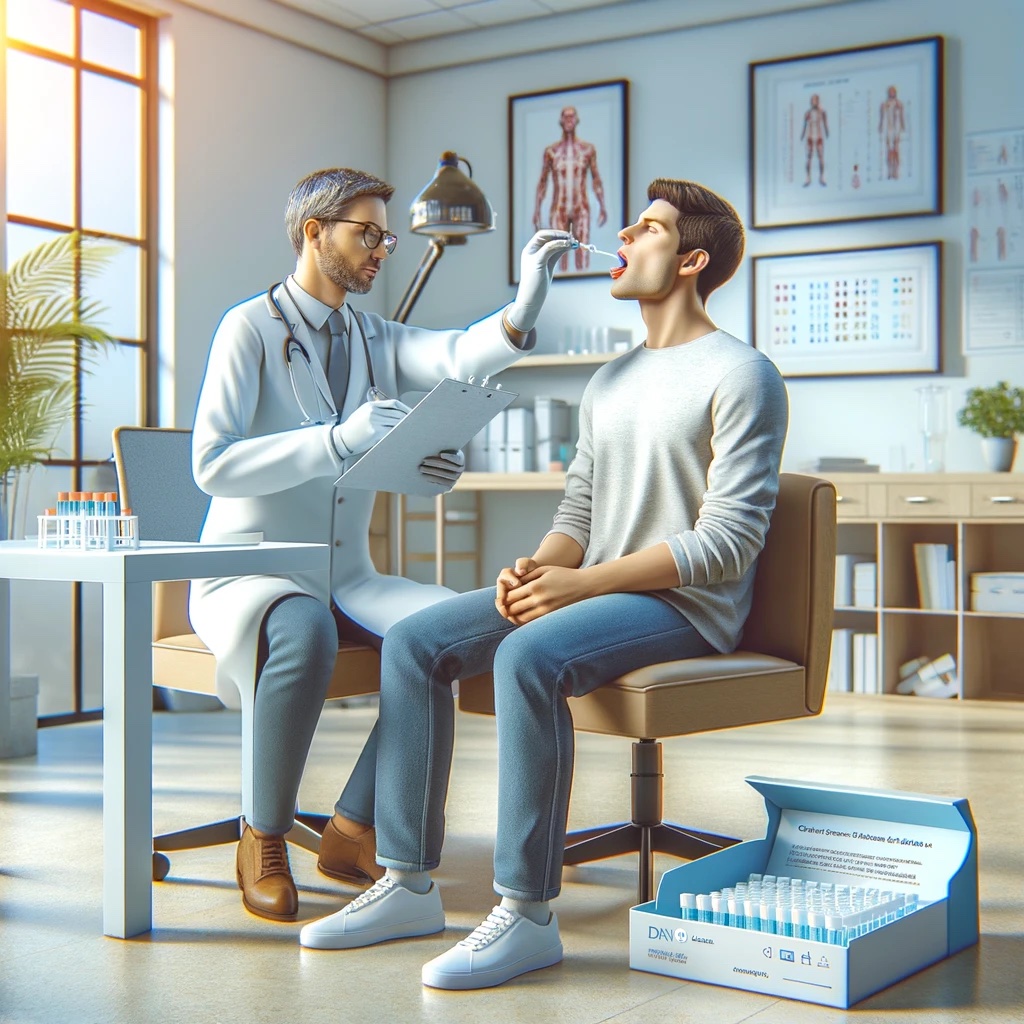Cholesterol problems
Cholesterol (from the Greek cholè, bile and stereos, solid) is an organic compound and a fatty substance. Cholesterol belongs to the group of sterols (modified steroids). Cholesterol is synthesized in all animal cells and is an essential building block of cell membranes. Cholesterol is a cell-strengthening element and contributes significantly to the permeability of a cell membrane.
Cholesterol is the building block of steroid hormones, vitamin D[1] and bile. Bile stones consist of 80% cholesterol. In animals, cholesterol acts as a primary sterol: cholesterol synthesis in vertebrates occurs mainly in the liver, and in small amounts in the adrenal gland and intestine. In the testes, it is produced by the endoplasmic reticulum.
Plants, fungi, bacteria and the membranes of mitochondria do not contain cholesterol. However, they do possess other sterols similar in structure to cholesterol, including ergosterol.
Cholesterol transport in the body
Lipids (including cholesterol and fat) are insoluble in water. Therefore, these substances are transported in the blood by lipoproteins: small spheres with a hydrophobic interior consisting of triglycerides and cholesterol esters, surrounded by a hydrophilic exterior consisting of phospholipids and proteins. Lipoproteins are classified by fractions with differences in density. Lipoproteins from low to high density are: chylomicrons, very-low-density-lipoprotein (VLDL), intermediate-density-lipoprotein (IDL), low-density-lipoprotein (LDL) and high-density-lipoprotein (HDL).[2]
Cholesterol is formed in the liver. This is packed together with triglycerides into a VLDL particle, after which it is released to the blood. In the blood, the VLDL particles become smaller due to the activity of the lipoprotein lipase, which releases triglycerides from these particles. These triglycerides can be absorbed by the tissues. Eventually, LDL is formed from these particles, which then contains mainly cholesterol. 70-80% of the LDL is absorbed in the liver, adrenal glands and the gonads (testes and ovaries). The LDL that remains in the bloodstream is eventually taken up by cells (macrophages/foam cells), which can cause fatty degeneration of the vessel wall by lodging in the vessel wall (atherosclerosis). LDL cholesterol is also called "bad" cholesterol because a high concentration of LDL is a marker for the risk of heart attack and can cause ruptured blood vessels.
HDL provides transport of "excess" cholesterol from cells back to the liver (reversed cholesterol transport). HDL is formed in the liver, after which it enters the blood circulation and takes up cholesterol from cells. To do so, it connects with ATP binding cassette transporter-A1 (ABCA1). Cholesterol is removed from HDL in the liver via the Scavenger Receptor-BI (SR-BI). In the liver, cholesterol can be removed from the body with the bile. HDL is also referred to as "good" cholesterol because an increased concentration of HDL is associated with a reduction in the incidence of cardiovascular disease.
The role of HDL is more complex; it also plays a role in inflammation, infection, blood clotting and more processes.
Hyperlipidemia
Elevated blood cholesterol concentrations are called hypercholesterolemia. Hypercholesterolemia is part of a group of conditions called hyperlipidemias in medicine. In hyperlipidemias, patients are found to have elevated concentrations of cholesterol and/or triglycerides in the blood. These hyperlipidemias are classified into primary and secondary hyperlipidemias:
- Primary: familial hypercholesterolemia, familial defective apoB100, polygenetic hypercholesterolemia, familial dysbetalipoproteinemia, familial combined hyperlipidemia, familial hypertriglyceridemia, familial lipoprotein lipase deficiency or apoCII deficiency (and other, rarer forms).
- Secondary: kidney disease, liver disease, thyroid disease, diabetes mellitus, Cushing's syndrome, glucocorticoid use, dysglobulinemia, acute intermittent porphyria and (excessive) alcohol consumption.
The doctor always rules out all forms of secondary hyperlipidemia before looking for the primary forms of hyperlipidemia. The group of primary hyperlipidemias includes a number of hereditary conditions and some that are both hereditary and lifestyle dependent.
Lipid Profile
To determine whether there is a disorder in fat metabolism, a lipid profile is determined. This involves determining the concentration of cholesterol and triglycerides in the blood. The tests involved are:
- Total cholesterol
- HDL cholesterol
- LDL cholesterol
- Triglycerides
- cholesterol/HDL ratio
Since the concentration of triglycerides in the blood is largely determined by the concentration of Chylomicrons in the blood, which are very high just after meals, it is important that the patient be sober. It is also important for the concentration of LDL to be sober since it is often calculated from the concentration of Cholesterol, HDL and triglycerides. As a measure of the number of atherogenic particles, the concentration of APO-B100 can be used. This test does not require the patient to be sober.
Interpretation "good" and "bad"
It has long been known in the literature that HDL and LDL cholesterol appear in different subclasses. HDL, for example, can be divided into 5 subclasses, with the largest 3 contributing to reducing the incidence of cardiovascular disease (CVD). The smaller two variants do not have this protective effect. Something similar also applies to LDL. LDL is often separated into two categories based on type: small dense LDL (pattern B) and large buoyant LDL (pattern A). Small dense LDL (sdLDL) is known to be associated with an increased risk of developing cardiovascular disease. The level of plasma cholesterol concentration reflects the amount of LDL present. The amount of triglycerides corresponds to the amount of VLDL. With increased triglyceride concentrations in the blood, decreased HDL concentrations are found (negative correlation). Therefore, the combination of "small dense LDL," low HDL values and high triacylglycerol values is called the "atherogenic lipoprotein profile," or (freely translated) the "atheroma-promoting blood lipid profile," and this condition is partly hereditary. The opposite is also true, the combination of larger LDL particles, increased HDL concentration and reduced triglycerides in the blood significantly reduces the risk of atherosclerotic disease and cardiovascular disease in general. When evaluating hyperlipidemias and thus the risk of cardiovascular disease, the physician pays attention to several laboratory results: HDL, LDL, cholesterol, triglycerides and the cholesterol/HDL ratio. Using these data in combination with data from the Standard Cardiovascular Risk Management, the physician reviews the risk of developing cardiovascular disease and, if necessary, suggests appropriate therapy.
LDL size is increasingly considered a relevant risk factor for cardiovascular disease by the Adult Treatment Panel III (U.S.). So it is certainly not just cholesterol that affects the risk of cardiovascular disease; all sorts of properties of fats in the food and fats in the blood are important.
Cholesterol and cardiovascular disease
Some studies in the 1970s have shown that elevated LDL levels are associated with a high risk of heart attack. It should be noted that these studies did get paid for and held by the pharmaceutical industries that also sell cholesterol-lowering drugs. HDL is believed to have a protective effect on cardiovascular disease, but there is very little evidence to support this assumption. In 2016, a study was published that found that elderly people with high cholesterol (particularly LDL cholesterol) actually had a lower risk of disease. The authors urge a re-evaluation of the standard pharmaceutical approach to high cholesterol[3].
A study was published in 2014 that examined the impact of a plant-based (cholesterol-free) diet on cardiovascular disease. This involved putting 198 patients with advanced cardiovascular disease on a plant-based diet. The 21 patients who discontinued the diet constituted the control group. In 0.6% of the participants, who followed the plant-based diet, a cardiovascular adverse event occurred. In 62% of the participants in the control group, a cardiovascular adverse event such as heart attack or stroke occurred[4].
Due to oversaturation of bile with cholesterol, cholesterol can precipitate, and gallstones can form. In Western countries, cholesterol stones account for about 80% of gallstones.
Treatment BeterKlinic
BeterKliniek is the clinic for Integrative Medicine that bridges regular and non-regular medicine.
An van Veen (physician) and Michael van Gils (therapist) look for the cause of a condition or disease. That is where the treatment starts otherwise, as people often say, it is 'carrying water to the sea'. We call this cause medicine. Sometimes it is also desirable to treat the symptoms (at the same time). We call this symptom medicine.
Chronic disorders often have their cause in epi- genetics. You can schedule a free informative telephone consultation (phone number 040-7117337 until 1 p.m.) at BeterKliniek to discuss your symptoms so that we can provide you with further advice.

